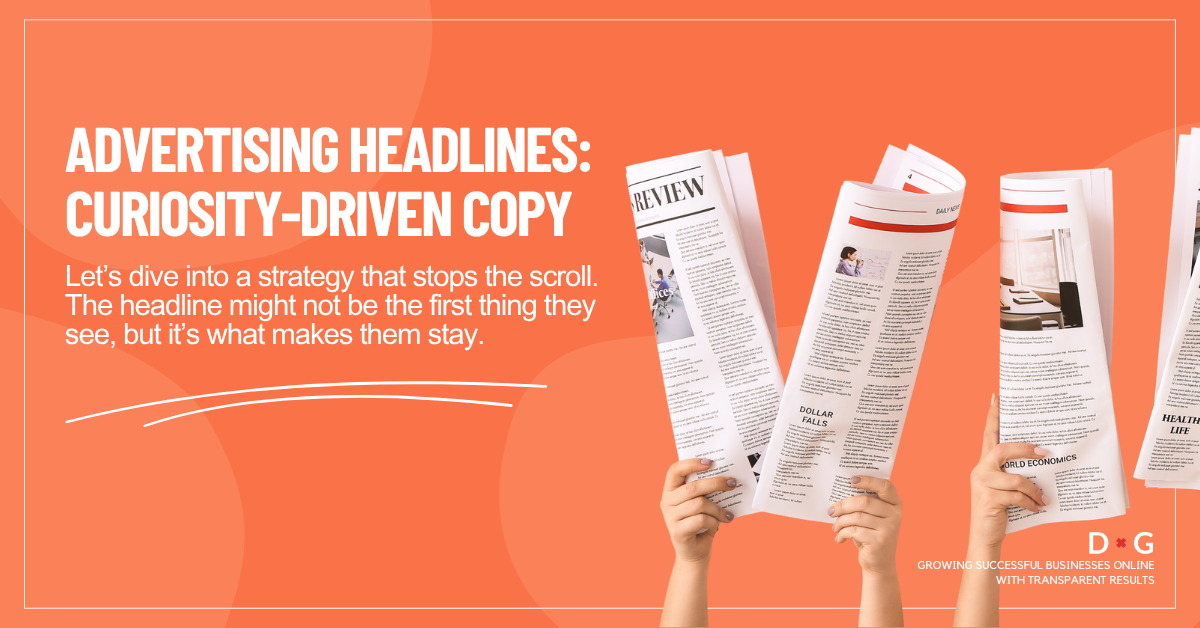
When it comes to copywriting strategies, advertising headlines are everything. They’re the first thing people see and often, the only thing they read.
There’s a popular saying in the copywriting world:
“Once you’ve written your headline, you’ve spent 80 cents of your dollar.”
But here’s the truth:
If your headline doesn’t make people keep reading, you haven’t just wasted 80 cents, you’ve wasted the whole dollar.
A headline should do more than grab attention.
It should pull readers in.
It should spark curiosity.
And one of the best examples of that?
Volkswagen’s iconic “Lemon” ad from the 1960s.
What Made the “Lemon” Advertising Headlines Brilliant?
Imagine a simple black-and-white ad showing a shiny new Volkswagen Beetle, with just one word after the unit:
“Lemon.”
Now, back then and still today, calling something a “lemon” meant it was faulty. A dud.
So why would a car company describe its own car like that?
That’s exactly what made the ad work.
It made people stop and wonder.
It made them ask questions:
- Why is this car called a lemon?
- What went wrong?
- Are they serious?
To get the answers, readers had to keep going and read the body copy.
That’s the true purpose of a strong headline:
To make people keep reading.
The Body Copy: Turning a Negative into a Positive
As readers moved beyond the headline, they discovered a clever twist.
The copy explained that the car shown had been rejected from being sold due to a tiny flaw, a small chrome strip was slightly off.
Volkswagen’s strict quality control was so tough that even a tiny defect meant the car wouldn’t go to the showroom.
So, if that’s what they call a “lemon”, imagine how flawless the cars that passed inspection must be.
What looked like a negative word had become proof of quality.
Why the “Lemon” Advertising Headlines Worked So Well
Let’s break down why this curiosity-driven headline worked:
✅ It flipped expectations
You expect “lemon” to mean bad. But it actually meant better quality.
✅ It raised a question
What made a car company choose a word with such a negative meaning?
✅ It made people think
The reader couldn’t ignore it; they had to know more.
✅ It rewarded curiosity
The body copy delivered a smart, satisfying twist.
✅ It followed strong copywriting strategies
It wasn’t just about being clever; it was about leading the reader step by step.
Most importantly?
✅ It kept people reading.
Because that’s the core purpose of any great headline: to spark just enough curiosity that the reader has to keep going.
Advertising Headlines Secret Ingredient: Curiosity
Curiosity is a powerful emotion in advertising and copywriting. Our brains are built to seek out answers when a question is left hanging.
When we see something surprising, like a car being called a “lemon” by the brand itself, our brain lights up.
We want to close the loop.
We want to find out more.
That’s what makes curiosity-driven headlines such a smart tool in copywriting strategies. They don’t give away the full story. But hint at it.
They leave a space between what the reader knows and what they want to know.
And the only way to close that gap?
Keep reading.
Takeaways from the “Lemon” Advertising Headline
If you’re writing headlines, whether for ads, blog posts, emails, or social media, here’s what you can learn from Volkswagen’s approach to copywriting strategies:
- Start with a question or mystery. Don’t tell everything upfront.
- Use bold, unusual words. “Lemon” worked because it felt risky.
- Deliver a twist. Always follow up the headline with a clear answer that delivers on the reader’s expectations.
- Let the headline lead. Don’t let it be the whole story.
- Avoid clickbait. Back up the headline with honest, valuable content.
Why This Matters in Today’s Fast-Scrolling World
With so many ads, emails, and endless content out there, your headline is often your one shot to get noticed.
And when it comes to copywriting strategies, curiosity is one of the best ways to stand out.
Curiosity makes people:
- Stop scrolling
- Think for a second
- Click, read, and stay engaged
That’s exactly what happened with Volkswagen’s “Lemon” ad.
Conclusion: Curiosity Converts
Volkswagen’s “Lemon” ad didn’t try to sell with features or prices.
It is sold by asking a question.
That single word challenged expectations and pulled the reader into a story.
So if you are going to write a headline for advertising, ask yourself:
- Does it make people curious?
- Will they want to know more?
- Does it lead to something worth reading?
If the answer is yes, you’re using copywriting strategies that truly work.
Because at the end of the day, curiosity converts.
Want to Learn More About Powerful Copy?
If you found this helpful, check out these related posts on Digital Guide:
- David Ogilvy’s Copywriting Principle That Converts
- Stop the Monologue: Use Conversational Ad Copy In Ads
Need help writing headlines that work? Contact Digital Guide and let’s build words that move people.
